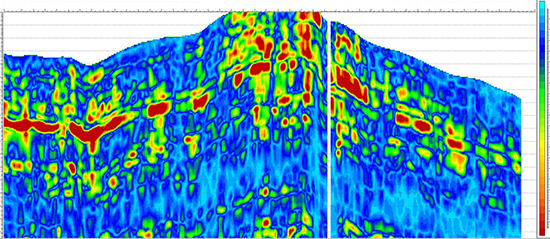Selecting the best drilling locations in all types of reservoirs depends on successfully tackling complex subsurface challenges and CGG GeoSoftware has launched the latest version of its Jason 9.5 advanced reservoir characterisation software to tackle this challenge
Many new capabilities for anisotropic inversion, depth inversion and broadband reservoir characterization build on and improve the existing technology that reveals essential reservoir and rock property information. In naturally fractured reservoirs, better identification of fractures, differential stress and reservoir architecture is important for improving drilling and production results.
;Anisotropic Inversion offers more options for improved anisotropy property estimates calibrated to well control. Anisotropic behaviour of the rocks can be analysed using pre-stack isotropic modelling and inversion. In bandimited seismic data, the Jason technique allows you to calculate azimuthally-sectored trend models based on the analysis of a first-pass inversion.
Producing better information on anisotropy magnitude and direction is helpful to a fuller understanding of the reservoir. Large-scale fractures may be visible on regular 3D seismic data and can be seen with seismic attributes like coherency and curvature and with other products However, smaller sub-seismic fractures and stress manifest themselves at seismic scale through anisotropy. By studying the azimuthal behavior of the reflections in wide-azimuth data you can characterise their orientation and intensity.
The new software features a method to calculate the effective elastic parameters in any azimuthal direction. With these effective elastic parameters and isotropic AVO modeling,a azimuthal seismic amplitude behaviour can be accurately predicted.





